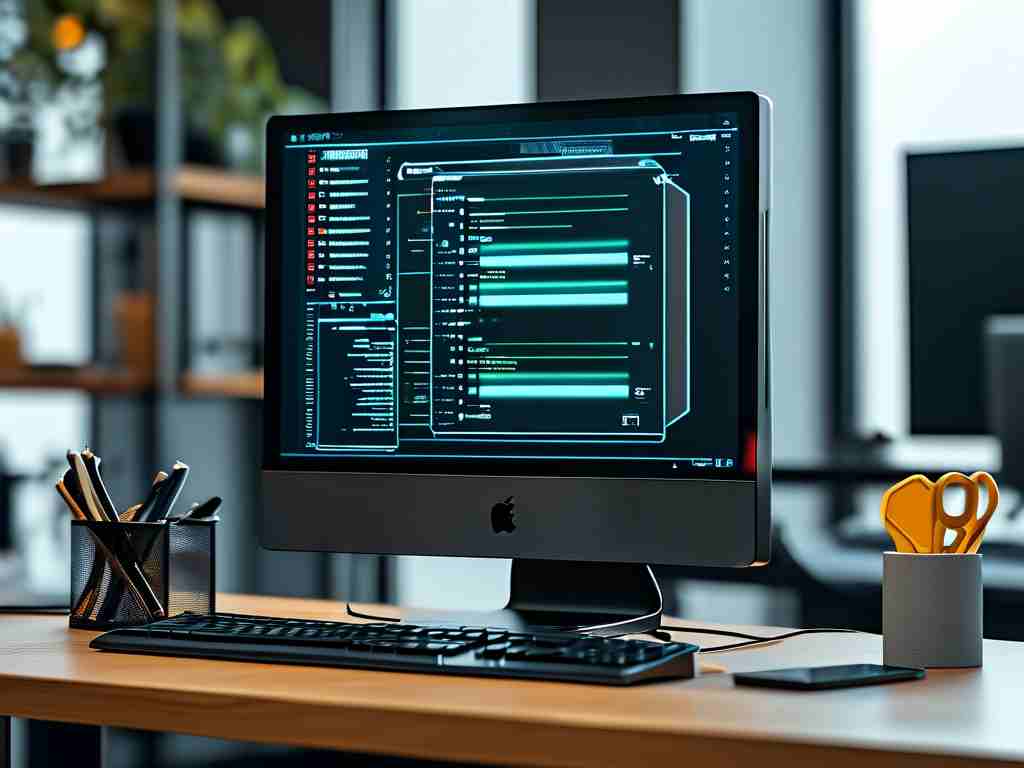In modern computing, the management of Random Access Memory (RAM) plays a critical role in system performance. While many operating systems and applications employ automatic memory cleanup mechanisms to optimize resource allocation, advanced users and developers sometimes disable these features for greater control. This article explores the rationale behind disabling automatic RAM cleanup, methods to achieve it, and the implications for system behavior.

Why Disable Automatic RAM Cleanup?
Automatic memory management tools, such as garbage collection in programming languages or OS-level cache clearing, aim to prevent memory leaks and ensure smooth multitasking. However, these mechanisms are not universally ideal. For instance, real-time applications—like high-frequency trading platforms or scientific simulations—require predictable memory availability. Automated cleanup processes can introduce latency or unpredictability, disrupting time-sensitive operations.
Additionally, manual memory management allows users to prioritize specific tasks. A video rendering workstation, for example, might allocate fixed RAM blocks to editing software to avoid interruptions caused by background cleanup routines. Developers debugging memory-intensive applications may also disable automatic cleanup to track resource usage patterns more accurately.
Techniques to Disable Automatic Cleanup
The process of disabling automatic RAM cleanup varies across operating systems and software environments. Below are examples for common platforms:
Windows:
Windows uses the "SuperFetch" and "SysMain" services to preload frequently used data into RAM. To disable these:
- Open the Services application via
Win + R>services.msc. - Locate "SysMain" or "SuperFetch," right-click, and select Properties.
- Set the startup type to Disabled and stop the service.
For applications relying on .NET frameworks, garbage collection can be adjusted via configuration files:
<configuration>
<runtime>
<gcServer enabled="false"/>
</runtime>
</configuration>
Linux:
Linux systems often use the vm.drop_caches command to clear caches. To disable automated cache flushing temporarily:
sudo sysctl -w vm.drop_caches=0
To make this permanent, modify /etc/sysctl.conf and add:
vm.drop_caches = 0 Programming Environments:
In Java, the -XX:+DisableExplicitGC flag prevents manual garbage collection triggers:
java -XX:+DisableExplicitGC MyApplication
Risks and Mitigations
Disabling automatic memory cleanup carries risks. Without proper oversight, applications may exhaust available RAM, leading to system crashes or slowdowns. Memory leaks—where programs fail to release unused memory—can compound over time. To mitigate these issues:
- Monitor Resources: Tools like Windows Task Manager,
htopfor Linux, or third-party utilities like RAMMap provide real-time memory usage insights. - Implement Manual Flushing: Periodically clear caches or restart services during low-activity periods.
- Use Memory Pools: Allocate fixed memory segments to critical applications to isolate them from resource contention.
Case Study: Database Servers
Database management systems (DBMS) like PostgreSQL or MySQL often disable automatic memory cleanup to optimize query performance. By dedicating RAM to buffer pools, these systems reduce disk I/O overhead. Administrators manually tune parameters such as shared_buffers in PostgreSQL to align with workload demands. This approach highlights the trade-off between automation and precision in resource-critical environments.
Disabling automatic RAM cleanup is a double-edged sword. While it empowers users to tailor memory allocation for specialized tasks, it demands vigilance to avoid instability. This practice is best suited for advanced users, developers, or systems where performance predictability outweighs convenience. As computing workloads grow increasingly complex, understanding memory management fundamentals becomes essential for optimizing both hardware and software ecosystems.









